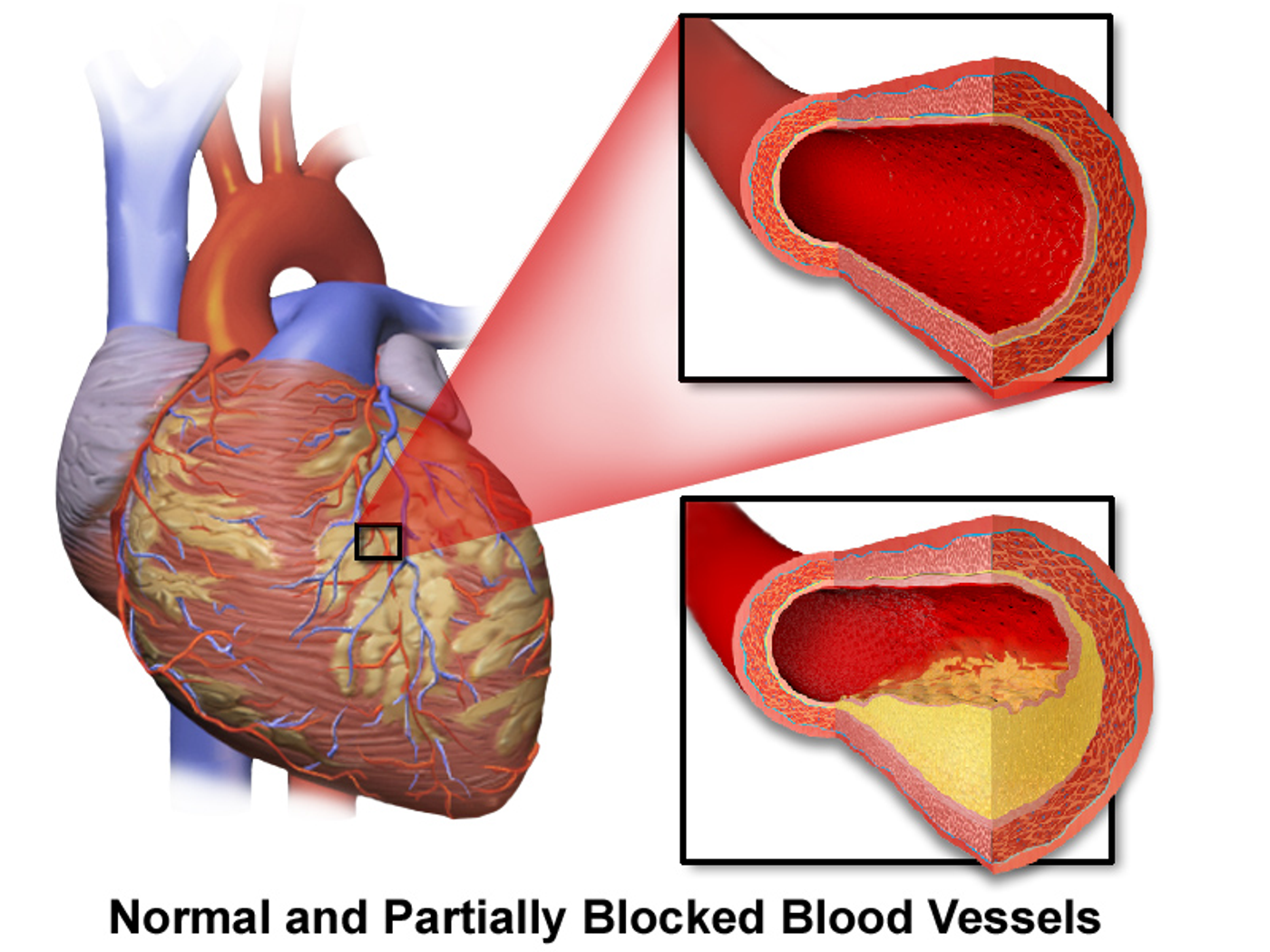New System Limits Cardiac Damage with Rapid Response
Every year about 790,000 Americans suffers a heart attack, with a heart attack occurring about every 40 seconds. One in five heart attacks is silent, the damage is done, but the individual is not aware of it. For treatment of heart attack time is of the essence, the longer it takes to obtain treatment the more damage occurs. A recent study from North Carolina State University and the University of North Carolina at Chapel Hill, published in ACS Nano, details the development of a drug-delivery system that allows rapid response to a heart attack without surgical invention.
The heart needs oxygen to survive and when the blood flow is reduced or cut off a heart attack occurs. As fat and cholesterol build-up in an artery a plaque forms, if this plaque breaks off a blood clot will build around it, this can become lodged and block the blood flow through the artery to the heart. When this occurs, the heart muscle becomes starved for oxygen and nutrients leading to damage or death of heart muscle. Immediate treatment to prevent total blockage and heart muscle damage, or reduce the amount of damage, is essential. Once the heart muscle is injured, it may take weeks for the muscle to heal and the heart may be permanently weakened. Proper treatment and lifestyle changes post-heart attack can help limit or prevent further damage.
Researchers in North Carolina developed a solution that relies on porous nanogel spheres that target a clot and deliver two drugs, tPA and Y-27632. These nanogels can be coated in proteins that bind to fibrin, a substance found in all clots, so they stick to the clots. The drugs layered in the nanosphere, with tPA forming a shell around Y-27632, can act on the clot. The tPA will first break down fibrin to dissolve the clot, then Y-27632 limits the damage caused by reperfusion injury by limiting rigidity of cells in the area that contribute to scarring. In vitro testing showed that the drugs dissolved clots in a matter of minutes. In lab rats, the drugs limited scarring and preserved heart function better than the control group as well as rats who only received one of the two drugs. Overall, the drug cocktail increased heart functionality and reduced scar tissue compared to control groups.
The targeted nanogels are advantageous due to their ability to reach blood vessels that are too small for catheters, and they do not travel to other tissues in the body. This drug delivery system may help prevent the need for invasive surgical procedures immediately following a heart attack. Future studies will focus on evaluating the safety of the nanogels and testing the technique in larger animal models. “Our approach would allow health-care providers to begin treating heart attacks before a patient reaches a surgical suite, hopefully improving patient outcomes," says Ashley Brown, corresponding author of a paper on the work and an assistant professor in the Joint Biomedical Engineering Program (BME) at NC State and UNC. "And because we are able to target the blockage, we are able to use powerful drugs that may pose threats to other parts of the body; the targeting reduces the risk of unintended harms."
To learn more about heart attack medications watch the video below!
American Heart Association, National Heart, Lung, and Blood Institute









